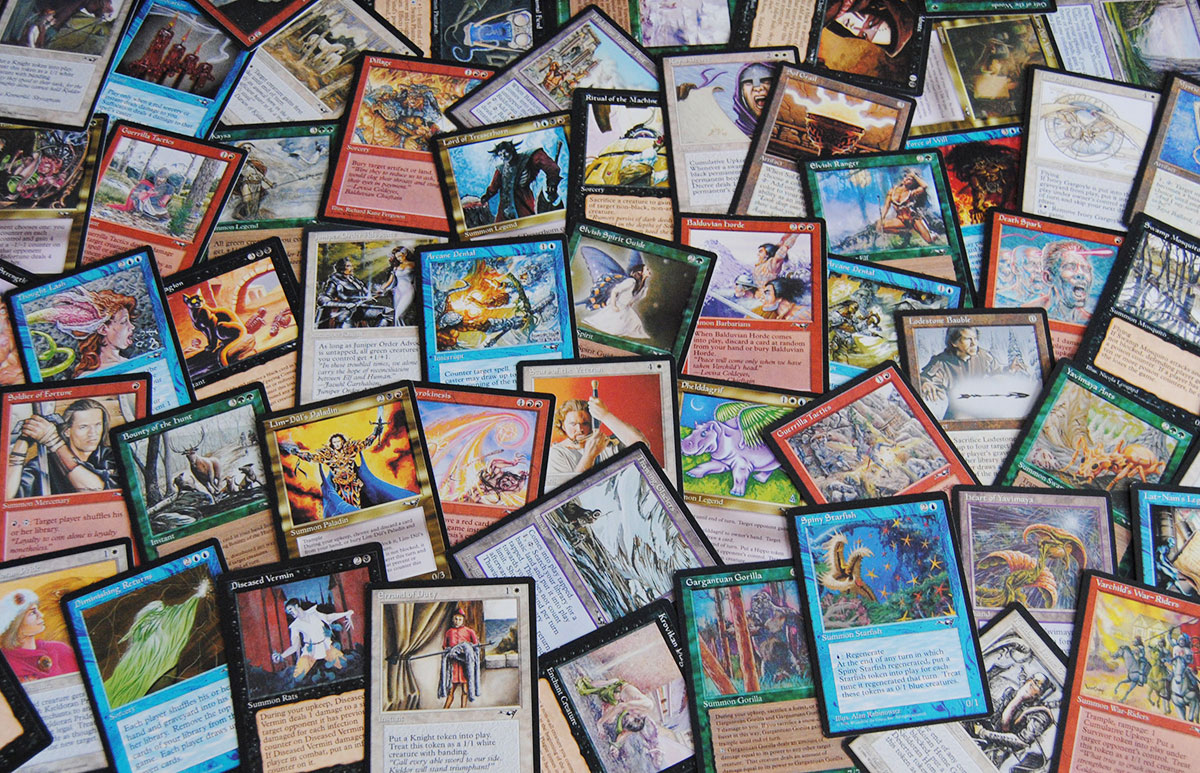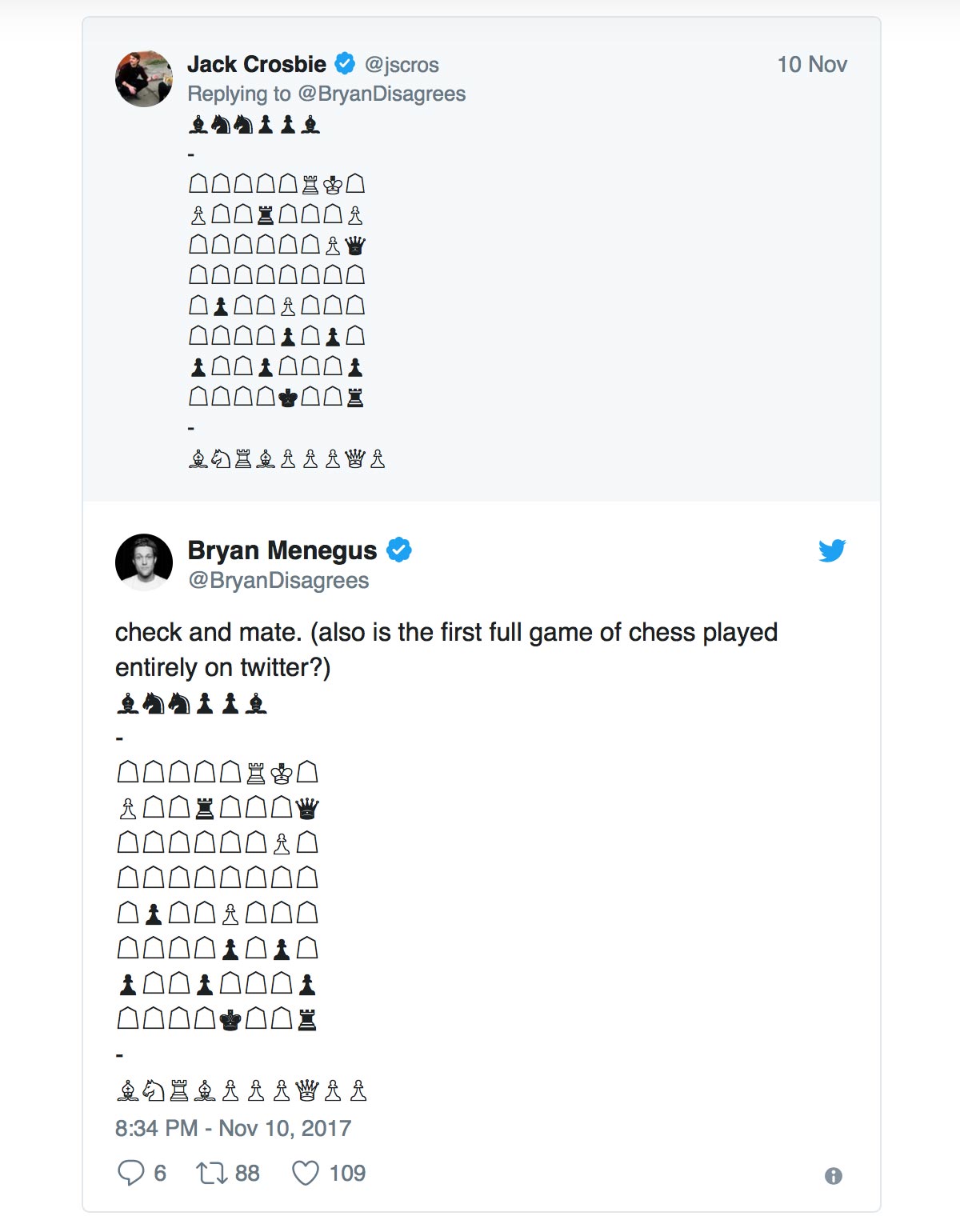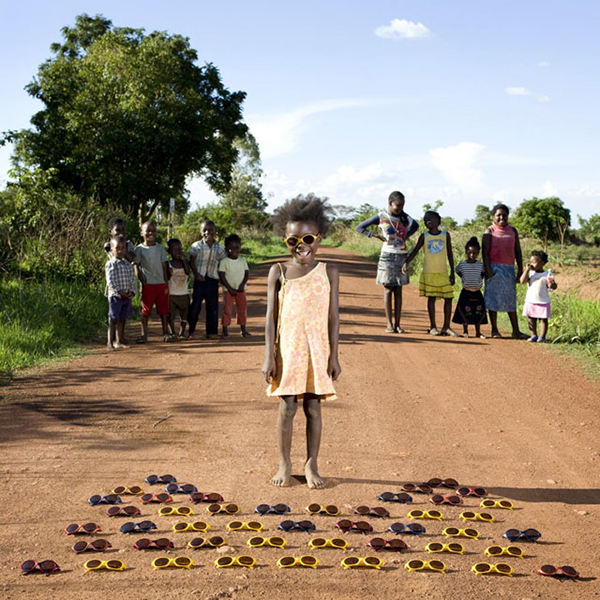Magic: The Gathering 25 anni dopo

Il New Yorker approfondisce il fenomeno di Magic: The Gathering, il gioco di carte collezionabili fantasy che 25 anni fa grazie all'intuizione di Richard Garfield ha plasmato un nuovo settore del gaming, rivoluzionando e fondendo la passione per i giochi di carte, il collezionismo e i giochi di ruolo.
In his youth, Richard Garfield, the mathematician who created Magic: The Gathering, liked to play and invent games. Before his family settled in Oregon, in the mid-seventies, he spent many of his early years in Bangladesh and Nepal, places where his father worked as an architect. Garfield didn’t speak Bengali or Nepali, so, to make friends, he would unpack a deck of cards or spill out a bag of marbles. Back in the United States, around the age of thirteen, he began to hear about a game called Dungeons & Dragons—he was told that it had pit traps and orcs and treasure—but his local game store didn't have the rulebooks yet, and none of his classmates knew how to play. A lack of language had never stopped him before; he made something up.
[...] In the game, players were fashioned as "planeswalkers", who cast spells and travel between planes of existence. The spells themselves were the cards, which could be purchased in places like bookstores and comic-book shops. It soon became a common sight to see kids ripping off the wrappers of Magic packs, and—as a blend of chemicals from the bouquet of ink and finish wafted up—taking account of what they possessed of the two hundred and ninety-five cards that Garfield and his colleagues had conceived. The cards had names like "Bad Moon" and "Celestial Prison" and featured beasts such as "Giant Spider" and "Gray Ogre". Garfield devised a set of rules about how many cards to draw each turn, how to charge up magical powers, or "mana", from so-called land cards, and how to cast spell cards and summon creatures to bring an opponent's life total from twenty points to zero. Flowing through this was a strain of wild invention: the cards often gave players the license to bend or change the rules.
To change more rules, you needed to buy more cards. Many of the most powerful cards were rarely printed, which drove fans to crack open even more packs. By November of 1993, under the headline "Professor's Game Casts Magic Spell on Players," the Seattle Times reported that ten million cards had been sold in a few months. "I've wasted—no not wasted—I've used all my money just buying Magic cards," an eleven-year-old boy named Jake told the Washington Post. He carried his deck around with him everywhere he went in case a game broke out. By 1997, Magic: The Gathering was so successful that Wizards of the Coast acquired Dungeons & Dragons. Newsweek noted that Wizards had sold two billion cards. A game like Magic, Garfield told the reporter, could "take over your personal operating system, like a virus."




